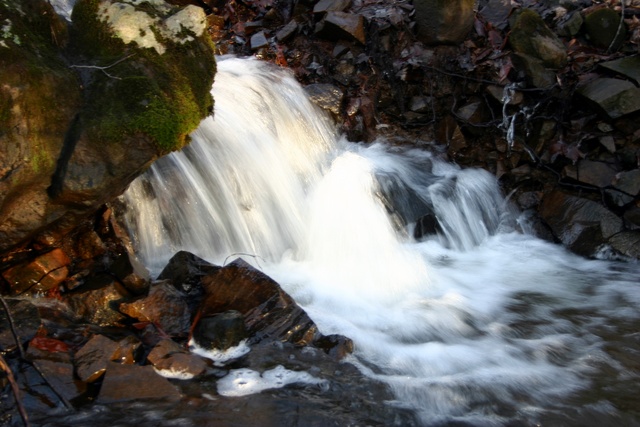Water monitoring strategies and priorities

Friday, May 24, 2002
NAWQA information on the occurrence of more than 80 pesticides and degradation products and more than 60 VOCs in source water is used to set priorities for monitoring and managing contaminants in drinking water supplies.
The South-Central Texas study conducted by the National Water Quality (NAWQA) Program in Austin, Texas has provided this region of Texas new data and a valuable insight to current water quality in both surface and groundwater. This region is one of the fastest growing in population in Texas and in the nation, thus emphasizing the need for water quality data gathering, assessment and evaluation by federal water resource agencies such as USGS. The information provided to the San Antonio Water System during the past three years has been widely used in our utility. Additionally, the assistance and information provided by the USGS Water Resources Division in Texas is invaluable to providing safe drinking water sources for the second most populous state and one of the fastest growing in America (Mike Mecke, San Antonio Water System, March 2001).
Whatcom County, Washington - Elevated concentrations of 1,2-dichloropropane in ground water sampled by NAWQA scientists in the Puget Sound Basin renewed interest in determining the extent and source of drinking-water contamination in northern Whatcom County, Washington. The fumigant-derived compound was detected in ground water throughout the sampled area, sometimes at concentrations exceeding drinking-water standards. USGS works with Whatcom County to evaluate the occurrence and possible risk posed to the quality of drinking-water supplies by the use of 1,2-dichloropropane and other fumigants.
Cedar Rapids, Iowa— The NAWQA Program commonly detected elevated concentrations of nitrate and pesticides in the Cedar River and alluvium wells near Cedar Rapids, Iowa. The detections included pesticide breakdown products, which are mostly non-regulated and in some instances found at concentrations ten times the concentrations of parent compounds. On the basis of these findings, local officials in the city of Cedar Rapids, which obtains its water from the wells close to the Cedar River, has mandated monitoring and analysis of herbicide degradation products in city water supplies.
State of California—USGS works with CALFED (a consortium of California and federal agencies) to monitor sources, occurrence, and trends (from 1980 to 1999) in organic carbon in the San Joaquin and Sacramento watersheds.
Author: Susanne Dresmark - susanne.dresmark@enviro.com
Photo: Sten Karlsson![]() Print:
Print: ![]()













